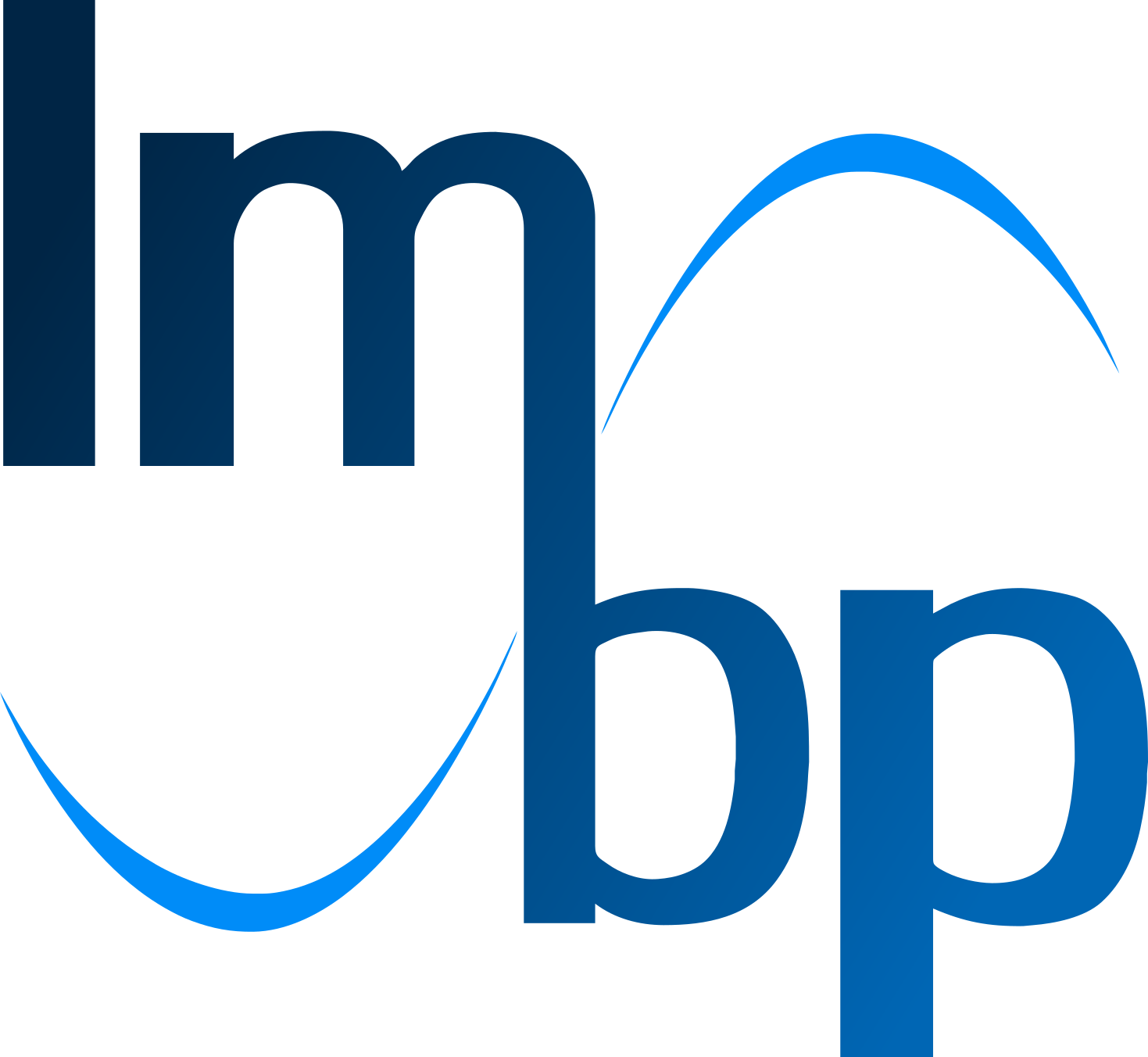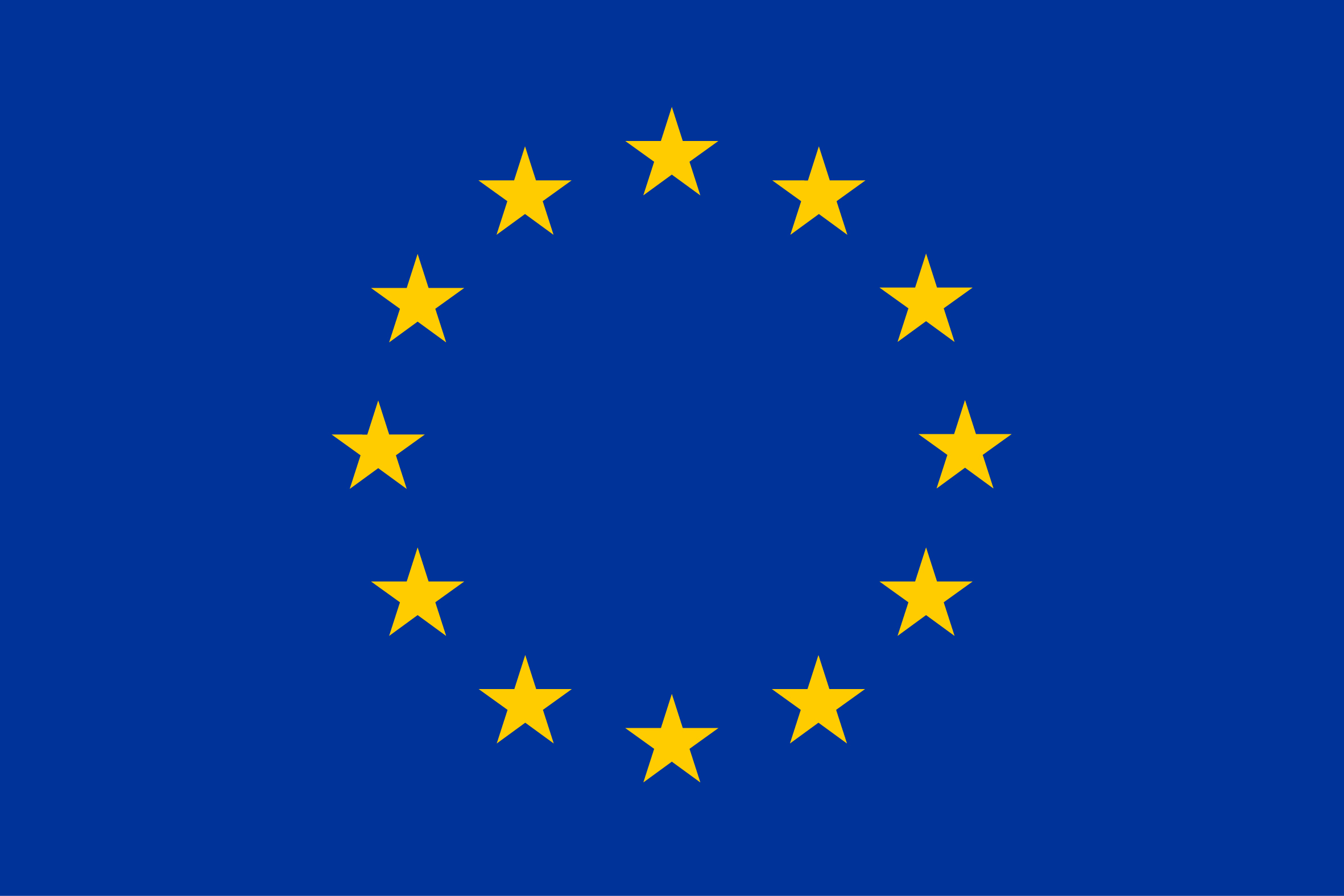Geometric and categorical representation theory
→
Europe/Paris
Besse-et-Saint-Anastaise
Besse-et-Saint-Anastaise
Description

A conference on Geometric and Categorical Representation Theory will be organized in Besse-et-Saint-Anastaise from Oct. 23rd to Oct. 27th 2023.

It will consists of:
- 3 mini-courses given by: R. Bezrukavnikov (M.I.T.), J. Fintzen (Universität Bonn) and M. Hogancamp (Northeastern University)
- 7 individual talks given by: C. Bonnafé (Université de Montpellier), R. Cass (University of Michigan), J.F. Dat (Sorbonne Université), M. De Visscher (City, University of London), I. Losev (Yale), J. Lourenço (Universität Münster), B. Romano (King's College London).
Organizers: Abel Lacabanne, Timo Richarz and Simon Riche
Funded by the European Research Council (ERC) under the European Union's Horizon 2020 research and innovation program (Project RedLang - Grant Agreement No 101002592).

Participants
